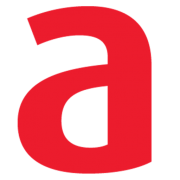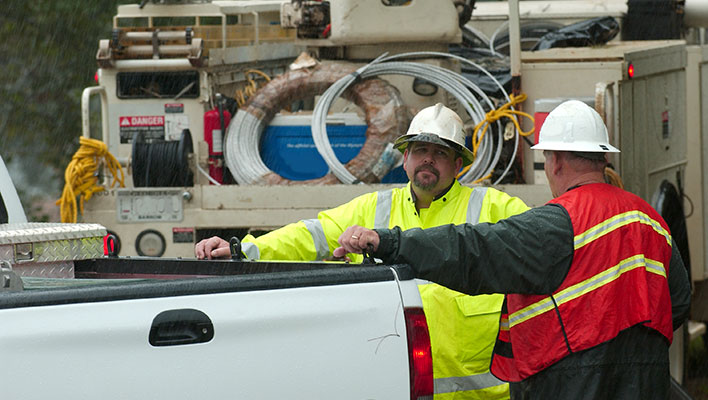A new generation of utility line mechanics in the field and a growing reliance on contractors are leading electric utilities, cooperatives, and municipal providers to expand systems and respond to increasing storm events with fewer people. Jason Singer, Director of Resource Management Services at ARCOS, digs into the tie between generational impact and contractor issues and how ARCOS bridges the resource limitation chasm with mobile workforce and resource management technology to help get work done.
Fewer linemen than ever are signing on for long term employment at a time when electric providers have more work than they’ve ever had. They must, in fact, do more with a shrinking workforce as communities across the country grow. Routine work is steadily increasing, from system hardening and expansion to meter work and inspections. At the same time, an increasing number of storm events and more severe weather demand more frequent and larger outage responses.
Utilities, cooperatives, and municipal providers are simply undermanned and overworked. But how can they do more with less while improving reliability and safety?
A Big Crew Change
A generation of line workers is in the midst of retiring, which means that most electric providers are losing their most experienced field resources faster than they can hire junior apprentices. The new generation of field workers have their own ideas about how best to operate that are not always consistent with the previous generation.
There’s a generational gap as well as a shift in mindset from a single income household where one parent works long hours and accrues overtime to a dual income family. Today’s young parents want to avoid overtime and spend more time with their children. This is in stark contrast to previous generations where it was common for fathers to be absent weeks at a time, not the life/work balance that is now expected.
The family forward movement has been a positive evolution for our industry with widespread support from IOUs, yet there have been necessary tradeoffs. There are times of the day and days of the week where it is difficult to fill a callout, impacting your ability to get resources to the field in the middle of the night.
Career vs. Gig Economy
Today’s younger linemen don’t take a long view when it comes to their job and aren’t interested in a 35-year career in the industry like the previous generation. Yet it’s not as extreme as the gig economy where workers take part time or free-lance short term work. Putting hands on a live electrical system takes considerable training, not something you bother to do if it’s just a gig. However for the new generation it’s also not a lifelong career, further complicating the industry’s resource management challenges.
The good news is that many IOUs are seeing the right level of energy among junior crews leaving line schools and technical colleges they partner with to acquire talent. The bad news though is that those workers are now likely to leave after only a short time with their IOU sponsor for higher paying contract jobs that also offer more work/life flexibility.
Finding the Right Leverage to Do More
Archimedes claimed that with a long enough lever and a place to stand that he could move the earth. The electric transmission and distribution industry’s greatest lever has historically been people. Throw more people at blue and gray sky problems and get more results. However, resource constraints are leading the industry to reach for a new mobile workforce and resource management lever, enabling teams to maximize the impact of limited resources by force multiplying their performance through automation, operational efficiency, and clear situational awareness.
From Callout, Crew Manager, to Mobile Workbench and Utility Insight, the ARCOS mobile workforce and resource management platform is the lever that is empowering electric providers to achieve higher levels of productivity and efficiency even as they come to rely on fewer full time employees and a hybrid workforce of contractors, the topic of my next post. Please reach out with any questions and be sure to follow ARCOS for the rest in this blog series.




